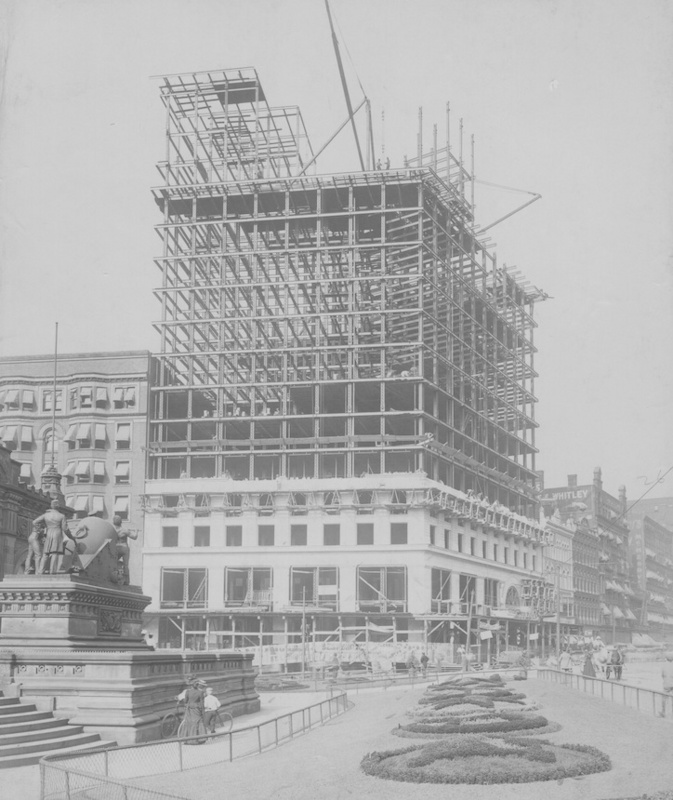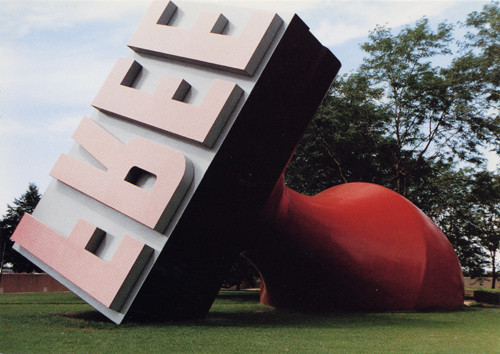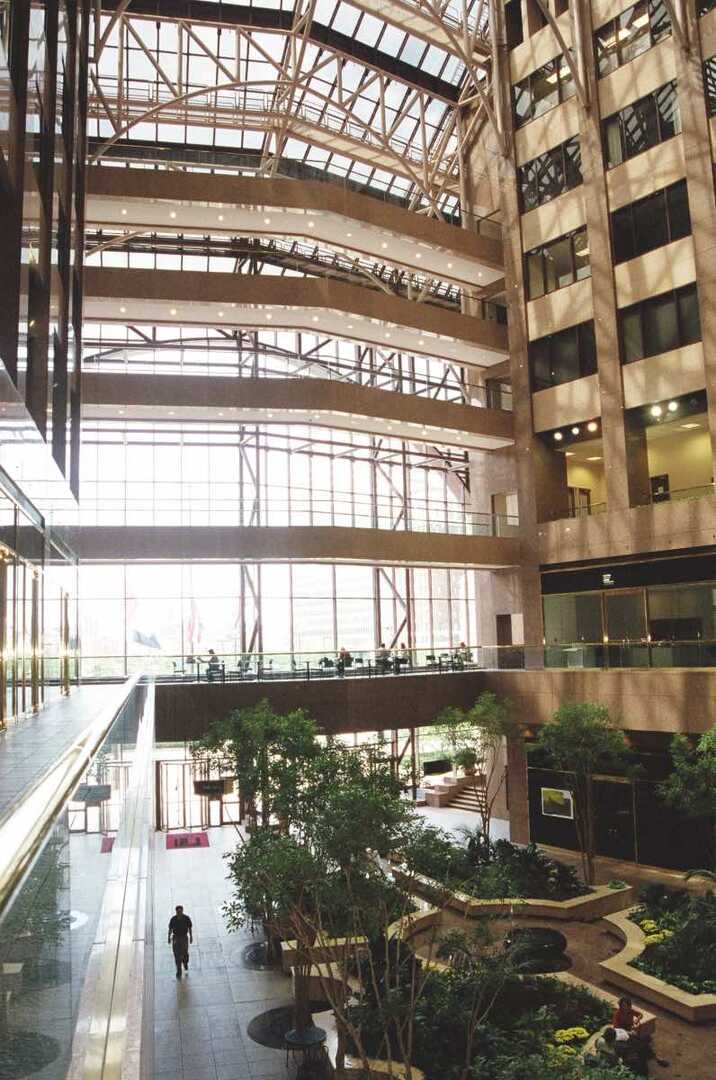
In November 1981, Standard Oil announced that it would build its new headquarters overlooking Cleveland's Public Square. The timing could not have been better. The city of Cleveland was financially troubled, the population was declining sharply, and businesses throughout the city were closing their doors.
The choice to build on the historic Public Square seemed fitting for the corporation. Under the leadership of John D. Rockefeller, the growth of Standard Oil (the progenitor of Sohio) had helped make Cleveland a center for manufacturing and industry. The new structure would firmly plant the corporation's Ohio company at the heart of the city, a sign of hope for a city that was losing its industrial and manufacturing base.
Standard Oil, founded in 1870, had long been one of Cleveland's most powerful and infamous companies. Within only two years of its establishment, the company had either absorbed or driven its Cleveland competitors out of business. Standard Oil would continue to expand, and eventually moved its headquarters to New York in 1885. By 1890, the 40 companies that made up the corporation controlled nearly 90% of the oil refining capacity in the United States. Many of the business tactics used to achieve these ends were suspect, and the companies' control over the oil supply and influence on the railroad industry was apparent. In 1911, the U.S. Supreme Court forced Standard Oil to dissolve into independent companies, out of which Standard Oil of Ohio was formed. Sohio, as it was named in 1929, remained an economic force in the region, dominating the refined products market in Ohio from 1930 until the middle of the century. Sohio continued to expand its markets outside of Ohio and investing in new products and services.
By the end of the 1970s, Sohio was the largest corporation in the city. With offices scattered throughout downtown, the industrial giant developed plans to construct a suitable symbol of its prominence. Designed by Gyo Obata of the St. Louis firm Hellmuth, Obata & Kassabaum, final plans for the hulking structure incorporated elements of postmodern architecture while maintaining a solid, functional appearance. When completed, the $200 million structure offered over 1.2 million square feet of office space. The building ran perpendicular to both Superior and Euclid Avenue, but curved inward and employed setbacks toward the top to help downplay its bulk. Although Sohio had initially planned for its headquarters to surpass the Terminal Tower in height, it met with resistance from city officials. As a result, upon completion the building fell short of the tower's peak by 55 feet.
Dedicated in April 1986, the building would soon be renamed the British Petroleum Building. British Petroleum (BP), a company that had merged with Sohio in 1969, purchased all of Sohio's stocks in 1987. Sohio ceased to exist, and BP slowly began to draw back its presence in Cleveland. In 1998, BP sold the building and moved its headquarters to Chicago. Since then, the building has been called by its address, 200 Public Square. As one of a relatively few Class-A office buildings, it has enjoyed success in attracting other major tenants such as Huntington Bank and Cliffs (formerly Cleveland Cliffs).
Images










